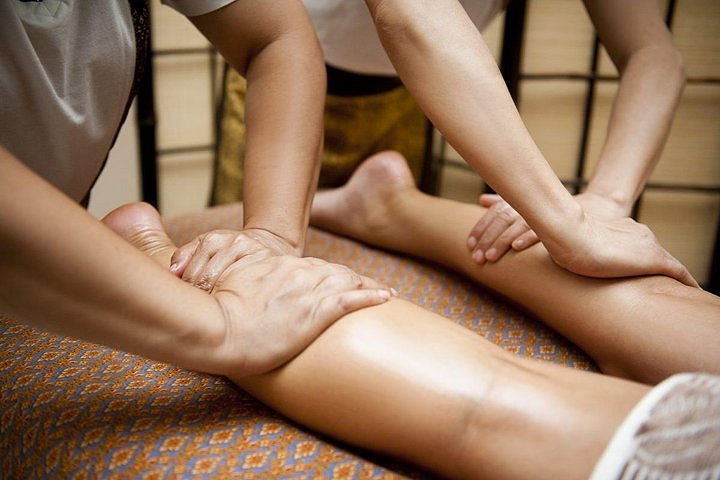
WEIGHT: 49 kg
Bust: 38
One HOUR:70$
NIGHT: +60$
Sex services: Toys / Dildos, Bondage, Bondage, Parties, Massage professional
This inflammatory form of arthritis causes joint pain, swelling and damage. Learn more about RA and how to treat it. Rheumatoid arthritis RA causes joint inflammation and pain. The disease commonly affects the hands, knees or ankles, and usually the same joint on both sides of the body, such as both hands or both knees.
For unknown reasons, more women than men get RA, and it usually develops in middle age. Having a family member with RA increases the odds of developing RA. In a healthy person, the immune system fights invaders, such as bacteria and viruses. Tn RA, it attacks the synovium, the tissue lining around a joint that produces a fluid to help the joint move smoothly. The inflamed synovium gets thicker and makes the joint area feel painful and tender and look red and swollen, and moving the joint may be difficult.

They believe these individuals may have certain genes that are activated by a trigger in the environment, such as a virus or bacteria, physical or emotional stress or some other external factor. In the early stages, people with RA may not see redness or swelling in the joints, but they may experience tenderness and pain. These symptoms are clues to RA:. Many people with RA get very tired fatigue and some may have a low-grade fever. RA symptoms may come and go. Having a lot of inflammation and other symptoms is called a flare.
A flare can last for days or months. Getting an accurate diagnosis as soon as possible is the first step to treating RA effectively. A doctor with specialized training in treating arthritis called a rheumatologist is the best person to make a correct diagnosis, using medical history, a physical examination and lab tests. Medical history.

The doctor will ask about joint symptoms pain, tenderness, stiffness, difficulty moving , when they started, if they come and go, how severe they are, what actions make them better or worse and whether family members have RA or another autoimmune disease. Physical examination. The doctor will look for joint tenderness, swelling, warmth and painful or limited movement, bumps under the skin or a low-grade fever. Blood tests. The blood tests look for inflammation and blood proteins antibodies that are linked to RA:.

































